According to the plan, Son La aims to reduce greenhouse gas emissions from crop cultivation by at least 15% by 2035 compared to 2020; build at least two pilot models to reduce emissions, form a database of emissions in crop cultivation, and connect with the national system.
At the same time, training was organized for about 150 technical staff, agricultural extension officers, businesses and farmers on techniques, policies, general awareness and emission measurement tools.
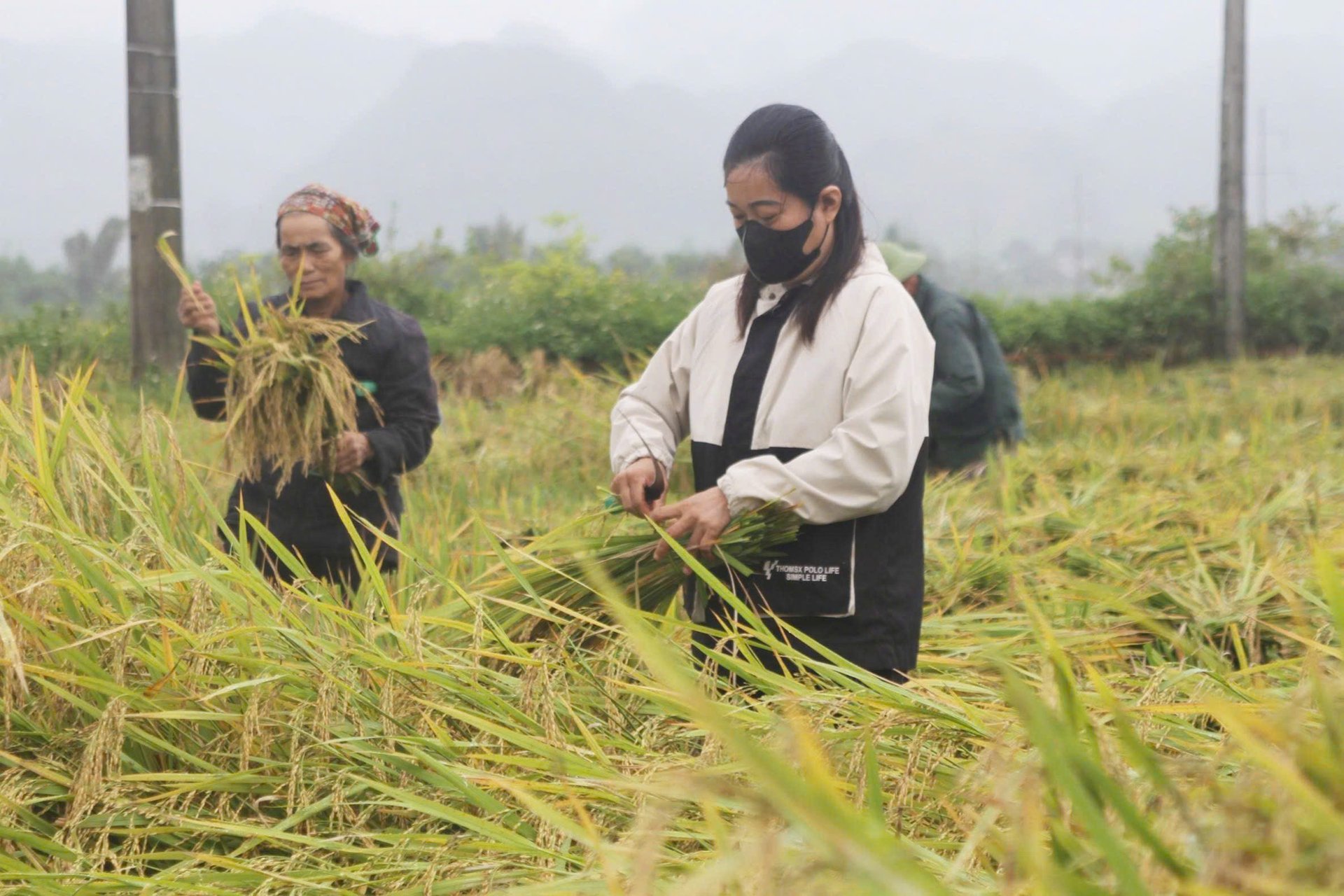
People of Phu Yen commune harvest rice in an organic rice production area with low emissions according to VIETFARM standards. Photo: Nguyen Nga.
By 2050, 100% of the cultivated area will apply sustainable farming processes, forming 5 low-emission production zones, improving competitiveness and meeting market demands in the trend of green agricultural development.
To achieve the above goal, the province has deployed many key tasks. First of all, it is to propagate and popularize the Project to localities; train, coach and improve the capacity of technical staff and farmers; and guide the application of appropriate production processes according to low emission criteria.
Focus on perfecting institutions, policy mechanisms, integrating emission reduction tasks into agricultural development planning, land use planning, environmental protection, agricultural programs and projects; supporting measuring equipment, management software, seeds, organic fertilizers, and supporting the transportation of "low emission" products for households, cooperatives, and enterprises applying low emission farming.
The pilot models will be deployed in key growing areas such as coffee, sugarcane, rice, corn, fruit trees and vegetables. Regarding emission reduction techniques, Son La plans to apply the following measures: Rice cultivation using alternate wetting and drying (AWD), SRI techniques (under suitable conditions), reducing the amount of inorganic fertilizers, increasing organic/microbial fertilizers, water management, using straw - crop by-products (coffee husks, rice husks, etc.) to make fertilizer, biochar, biological plant protection techniques, crop rotation, intercropping; integrated pest management (IPM), plant health management (IPHM), etc.
Synchronously combine with digital technology (soil sensors, moisture monitoring, fertilizer management), management software, traceability, GIS applications, remote sensing to monitor production and emission status.
Ms. Pham Thi Lan, Deputy Head of the Provincial Department of Crop Production and Plant Protection, said: Son La currently has over 1 million hectares of agricultural land (including forest land), of which the area for planting agricultural crops reaches over 320,000 hectares. The transition to emission-reducing production is expected to help improve production efficiency and competitiveness of the crop sector, reduce input costs, improve people's livelihoods, and gradually form an ecological, modern agriculture that is resilient to the impacts of climate change.
Source: https://nongnghiepmoitruong.vn/son-la-huong-toi-giam-toi-thieu-15-phat-thai-khi-nha-kinh-trong-trong-trot-d784066.html



![[Photo] General Secretary To Lam receives Vice President of Luxshare-ICT Group (China)](https://vphoto.vietnam.vn/thumb/1200x675/vietnam/resource/IMAGE/2025/11/15/1763211137119_a1-bnd-7809-8939-jpg.webp)
![[Photo] Panorama of the 2025 Community Action Awards Final Round](https://vphoto.vietnam.vn/thumb/1200x675/vietnam/resource/IMAGE/2025/11/15/1763206932975_chi-7868-jpg.webp)


![[Photo] Prime Minister Pham Minh Chinh meets with representatives of outstanding teachers](https://vphoto.vietnam.vn/thumb/1200x675/vietnam/resource/IMAGE/2025/11/15/1763215934276_dsc-0578-jpg.webp)
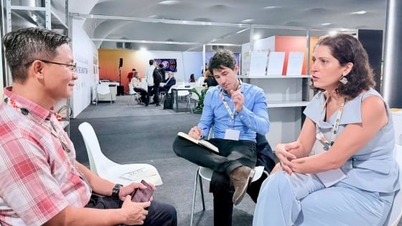

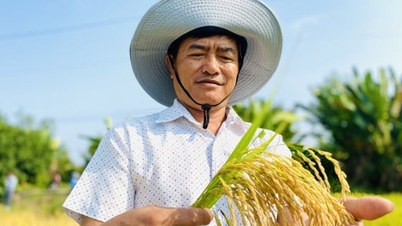
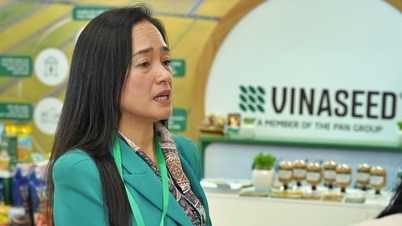



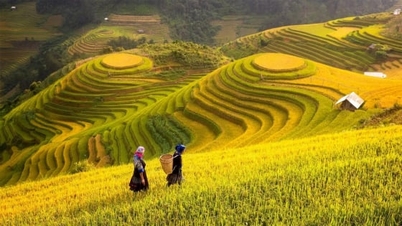
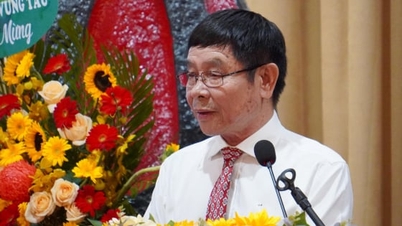

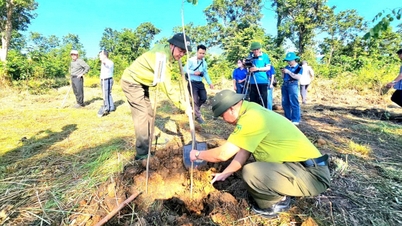


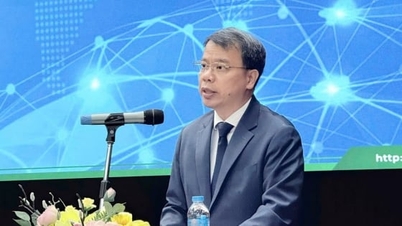
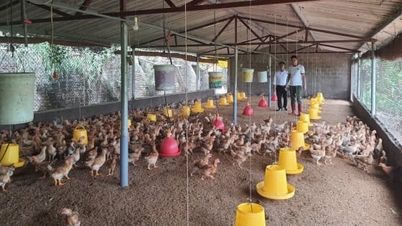




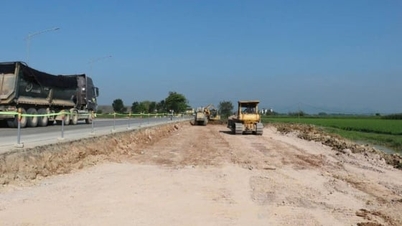
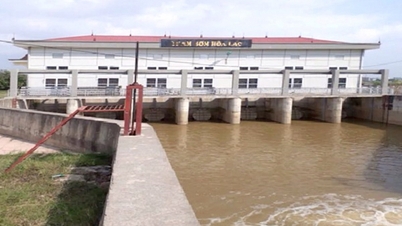
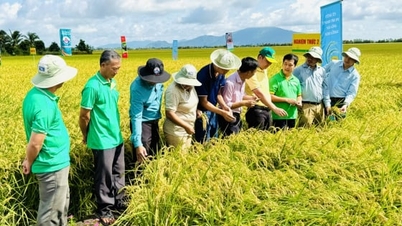
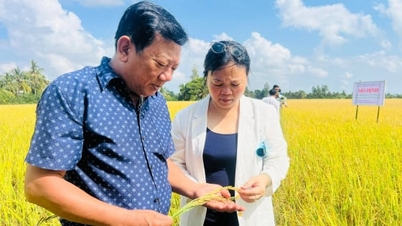




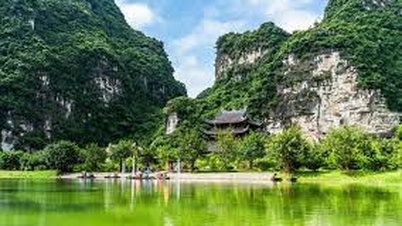


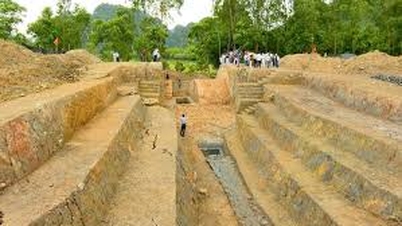





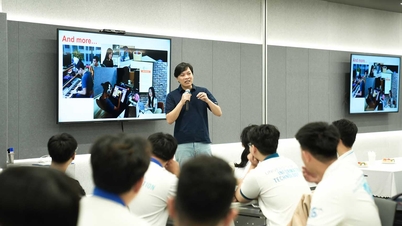




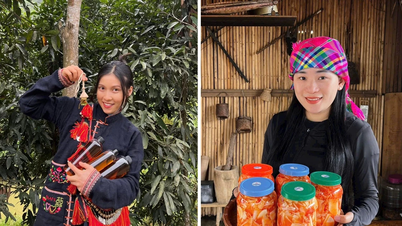






















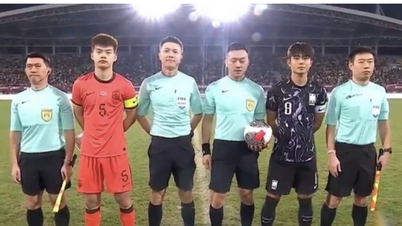



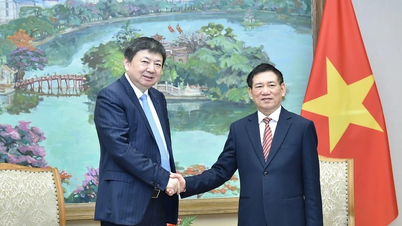


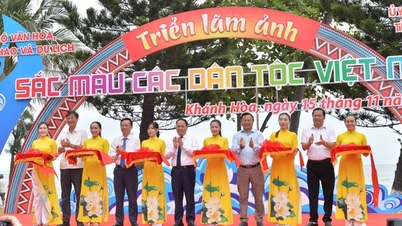


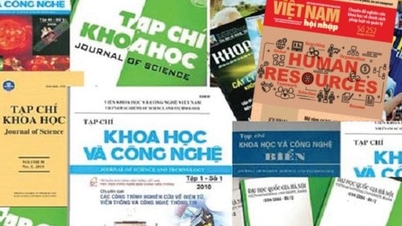























Comment (0)